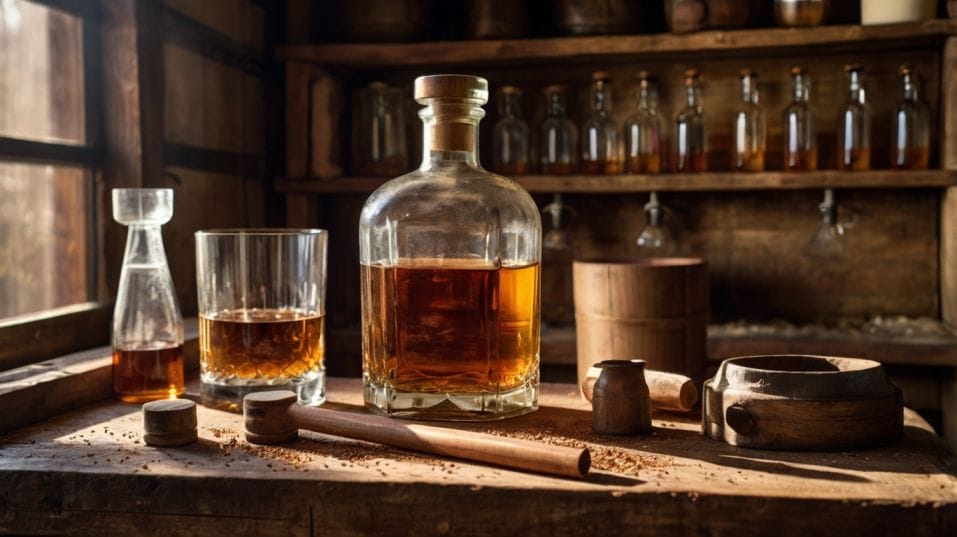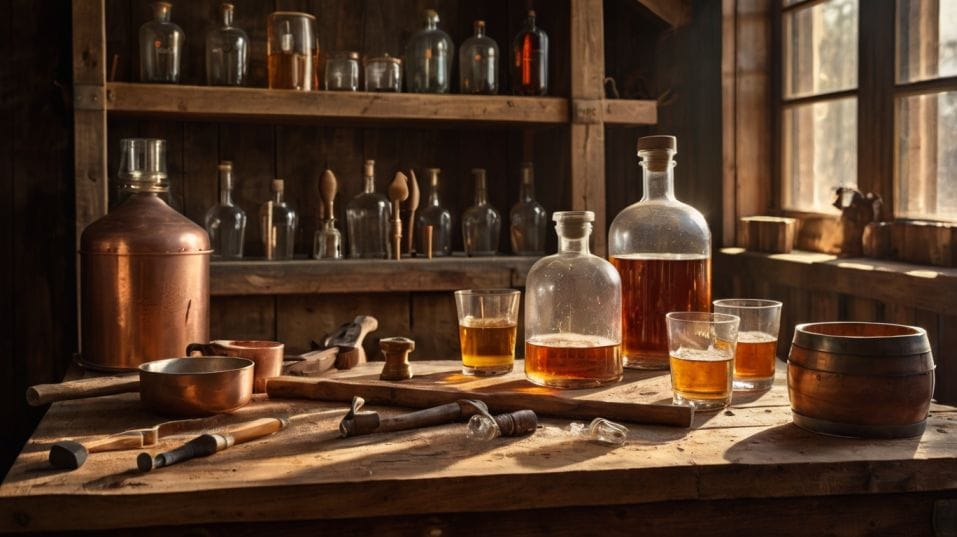Is More Expensive Whiskey Always Better?
Think expensive whiskey means better whiskey? Learn how to taste, collect, and buy smart—without falling for hype, price, or prestige.

Is that $200 whiskey really better—or just wearing a fancy label? If you're just getting serious about whiskey, it's easy to assume price equals quality.
But the truth is more complex—and more exciting. Great whiskey isn't defined by cost. It's defined by clarity, balance, and craftsmanship.
You don’t need deep pockets to develop a sharp palate. You just need curiosity, attention, and a willingness to taste with purpose.
Why Price and Quality Break Apart
Whiskey pricing isn’t rational. It’s driven by scarcity, branding, secondary market hype, age statements, packaging, and even celebrity endorsements. None of those things pour into your glass.
Once you get past entry-level blends, price begins to drift from flavor. You might find a $35 bottle that drinks circles around a $200 release. That’s not rare. It’s common.
Some distilleries price based on perception—limited edition, single barrel, collector cachet. Others are riding the wave of demand from newer collectors who equate price with prestige. You end up paying more for marketing than for craft.
Think of it this way: you’re not buying whiskey. You’re buying a story, a reputation, a bottle someone else said was worth chasing. That might be fine for show. But if you’re in this for flavor, there’s a better path.

How to Taste Beyond the Price
Forget the label for a second. Set aside the age, the name, the hype. What are you actually tasting?
Is the nose layered, or flat? Does it hold up with a splash of water? On the palate, does it feel integrated—or like parts fighting each other?
Where’s the finish—dry, sweet, spicy, short? Great whiskey isn’t just smooth. It has energy, structure, balance.
Some younger, cheaper whiskeys are laser-focused, flavorful, and brilliantly made. Some older, pricier ones are over-oaked, tired, or trying to coast on age alone. The trick is learning to taste critically—then trusting your own palate.
Train yourself to identify oak intensity, grain texture, distillate clarity. Pay attention to mouthfeel. Not every whiskey needs to be “smooth.” Some are built for tension, contrast, or bite. Learn to recognize when it works.
Because when you know what you’re tasting, you’re no longer guessing. You’re choosing.
Age, Myth, and Misunderstanding
You’ll hear this one constantly: older equals better. But aging doesn’t make whiskey better. It just makes it older.
Yes, time in oak can smooth out a young spirit’s edges. But it can also strip away character. Too much wood, and you lose the core of the distillate. It’s not just about how long it’s aged—it’s about how well it’s aged.
The barrel type, climate, warehouse conditions, blending choices—those are what determine if time helped or hurt.
A 6-year bourbon in a hot Kentucky rickhouse might taste bolder and rounder than a 16-year Scotch aged slowly in a cool coastal warehouse.
More time doesn’t mean more quality. It means more interaction with wood. Whether that’s good or bad depends entirely on the balance between spirit and cask.
Some distilleries know how to hit that balance at younger ages. Others rely on long aging to mellow a heavy-handed mashbill. Either way, age alone tells you very little. Don’t get fooled by a number.
Distillers Make the Magic, Not the Price
The best whiskeys come from intention, not budget. Great distillers understand the raw materials, control fermentation with precision, cut their distillate with surgical focus, and match barrels to the style they want to build.
That work happens before a price tag ever enters the equation. Price can reflect good decisions. But it doesn’t create them.
Whiskey that’s crafted with purpose—where every step from grain to glass is deliberate—can shine at almost any price point.
What matters is clarity. Not just of flavor, but of intent. You can taste when a whiskey was made with vision. You can also taste when it was built to fill a shelf and grab attention.
Know the Process, Know the Pour
Start paying attention to production choices. Learn what high-rye mashbills taste like versus wheated ones. Explore how char levels change mouthfeel.
Understand what a refill sherry cask does differently than a first-fill. These aren’t trivia facts—they’re keys to better tasting.
Collecting Without Getting Burned
If you’re building a collection, it’s tempting to chase the hot names or “investment bottles.” But here’s the thing: real collectors build on knowledge, not envy.
A smart collection doesn’t just look good on a shelf. It teaches you something. A range of mashbills. A lineup of different barrel finishes.
A vertical of the same brand over several years. That’s how you build understanding—not by grabbing whatever bottle happens to be overpriced this month.
And if you do pick up something rare or expensive? Open it. Taste it. Don’t save whiskey for the mythical perfect occasion. The act of drinking teaches you far more than hoarding ever will.
Good collections grow because the collector is engaged, curious, and willing to go deeper. Not because they’re trying to win Instagram.
Building Your Palate, Building Confidence
The fastest way to get better at whiskey isn’t spending more. It’s tasting better. Pour thoughtfully. Try two bottles side by side. Taste blind when you can. Add water. Note how the flavors shift.
Use a consistent glass. Take real notes. Ask real questions: What am I tasting? What’s missing? Why is this interesting—or why isn’t it?
This process builds a memory bank. Over time, you’ll recognize distillery signatures, regional styles, cask influences. Your guesses will sharpen.
You’ll start noticing when a whiskey is precise versus sloppy, elegant versus clumsy. And that confidence is worth more than any luxury price tag.
Final Thoughts
Expensive whiskey isn’t always better. In fact, chasing price can distract you from what really matters—taste, knowledge, and experience.
Learn to taste with purpose. Collect with curiosity. Ask better questions. Trust your own palate. Don’t just admire whiskey—engage with it.
So here’s your move: this week, grab a bottle under $60 you’ve never tried. Taste it like it costs ten times that. Push your senses.
Challenge your assumptions. Start building the kind of whiskey skill that no price tag can fake. You’re not here to spend more. You’re here to taste better. Start now.




